Time Periods
Paleolithic
Mesolithic
Neolithic
Chalcolithic
Bronze Age
Iron Age
Classical Period
Post-Classical Period
Early Modern Period
Industrial Period
Contemporary Period
Time Periods
Paleolithic
Mesolithic
Neolithic
Chalcolithic
Bronze Age
Iron Age
Classical Period
Post-Classical Period
Early Modern Period
Industrial Period
Contemporary Period
About
Kidal Temple, also known as Candi Kidal, is a significant archaeological site located in the Rejokidal village of the Tumpang district in East Java, Indonesia. Constructed around 1248 CE under the Singhasari dynasty, this Hindu temple is a notable example of religious architecture from the Late Iron Age. The temple is built on a raised platform and consists of three distinct levels. Intricate Javanese masks at its base narrate the mythological story of Garuda. It is believed to have housed an image of Shiva, possibly a portrait of the Singhasari ruler, Anusapati. The temple underwent restoration in the 1990s, preserving its cultural and historical significance. As a representation of Hindu religious practices in Java, Kidal Temple offers valuable insights into the region's historical and architectural legacy.
Gallery
Explore photographs of ancient structures, artifacts, and archaeological excavations at Kidal Temple
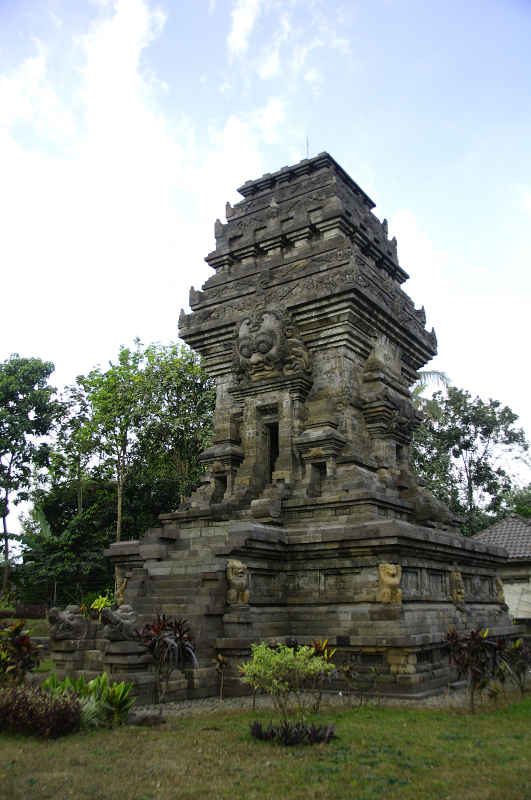
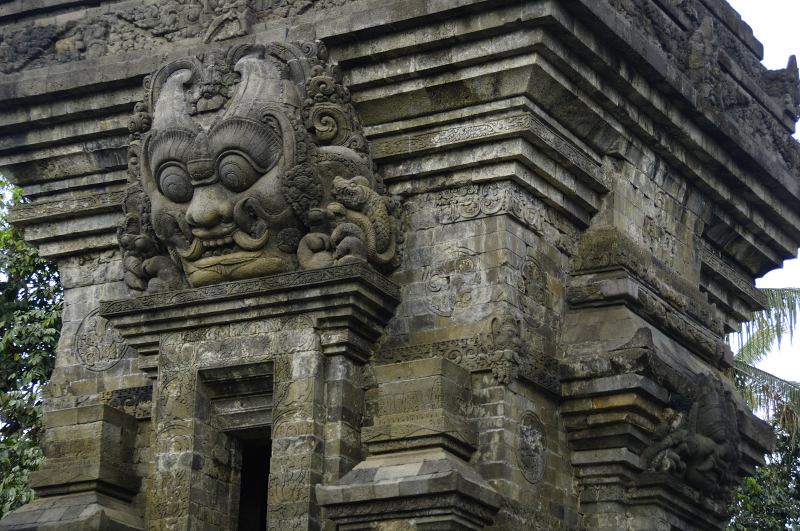
Archaeological Features
Explore the unique architectural and cultural elements found at this historical site
Religious and Ritual Structures
Artistic and Decorative Features
Historical Timeline
Journey through time and discover key events in this site's archaeological history
Plan Your Visit
Details
- Country
- Indonesia
- Source
- Wikipedia
More Sites in Indonesia
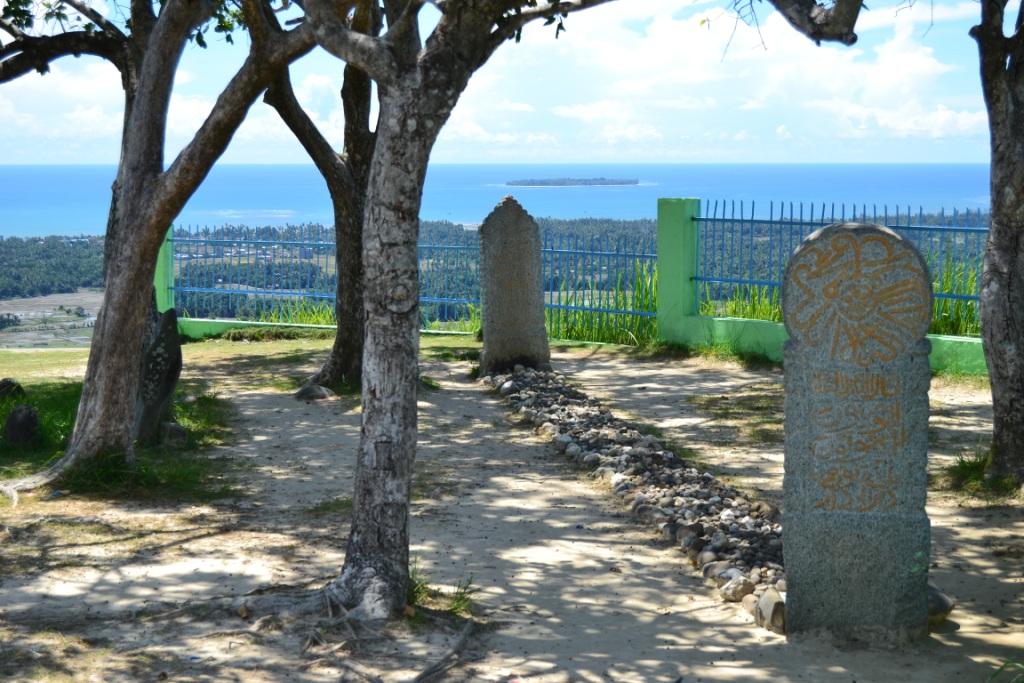
Makam Papan Tinggi
7th-8th century funerary complex on hill
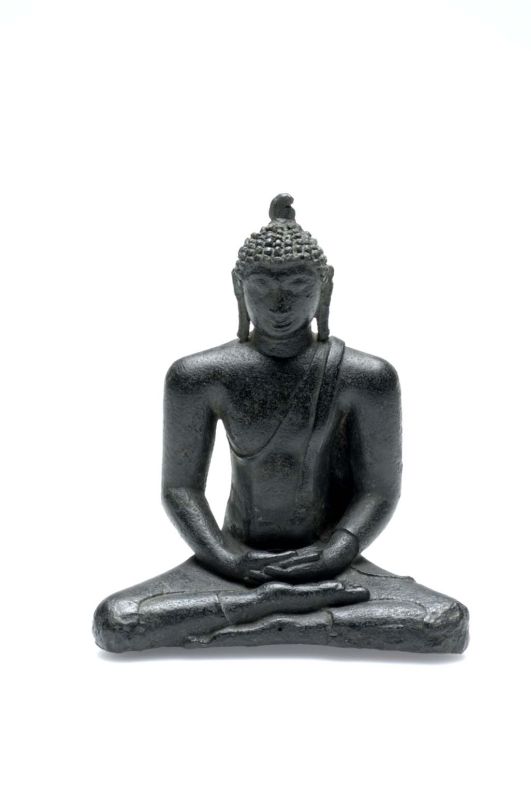
Bahal temple
Red brick Vajrayana Buddhist temple complex
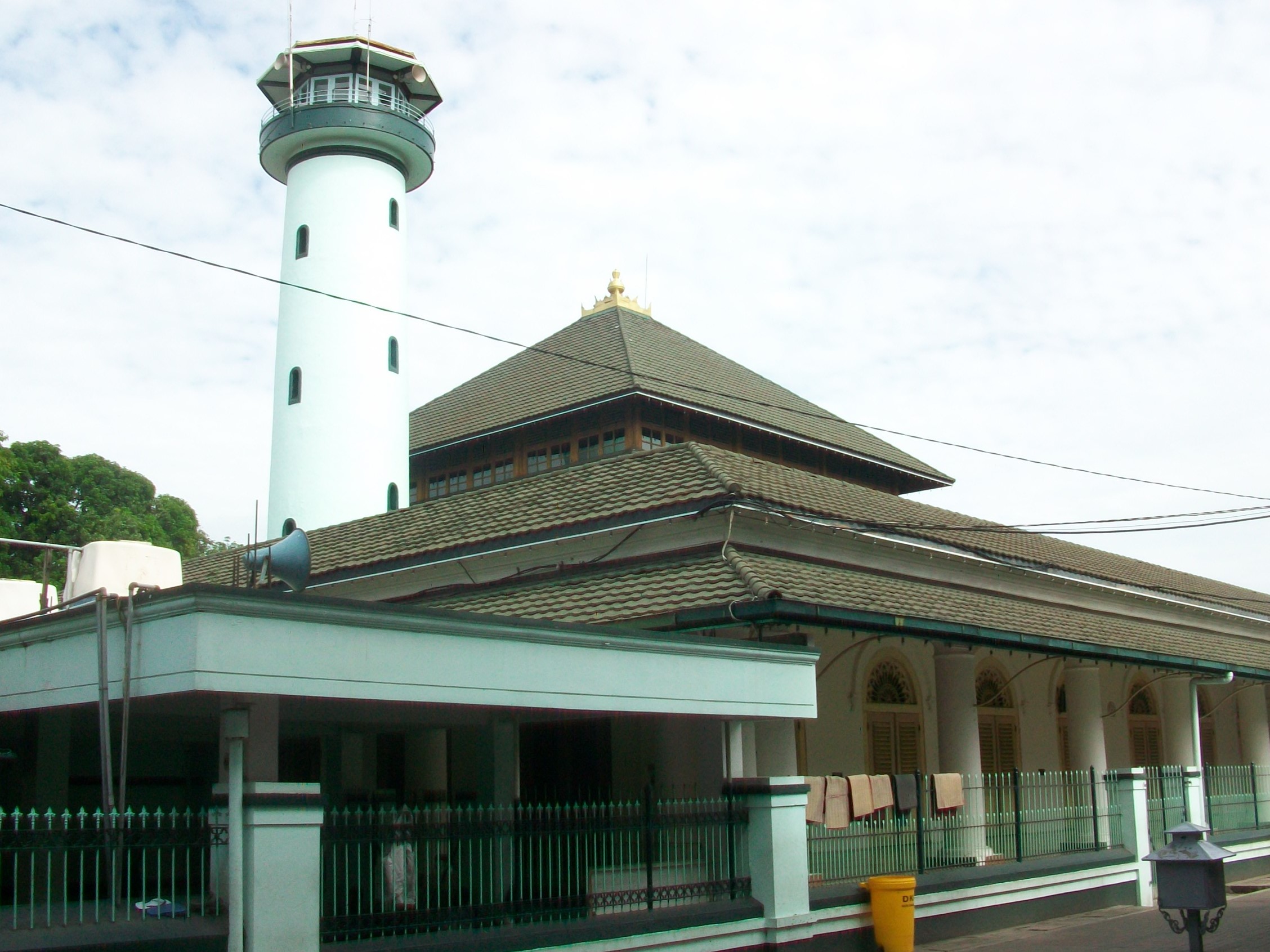
Red Mosque of Panjunan
15th-century Javanese mosque with Hindu architecture
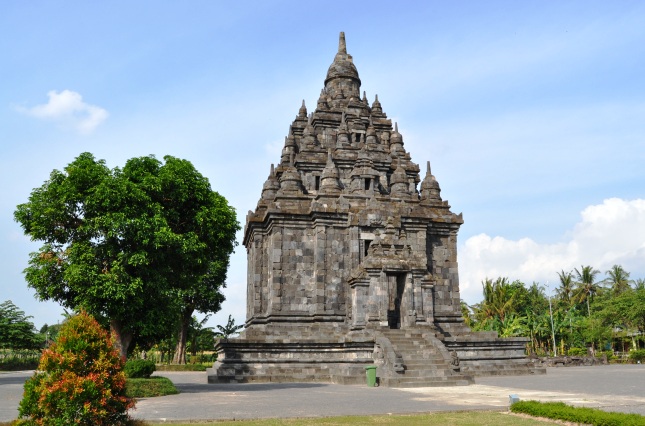
Sojiwan
9th-century Mahayana Buddhist temple complex
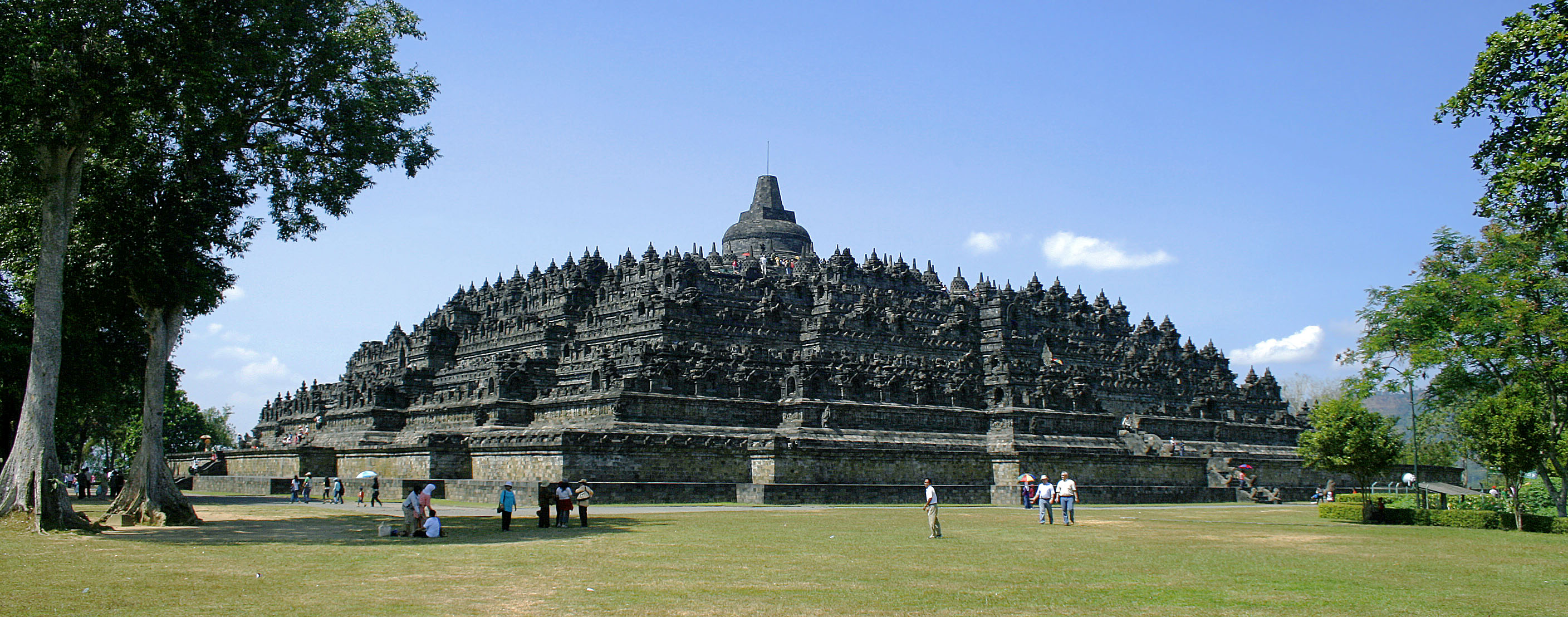
Borobudur
9th-century Mahayana Buddhist temple in Java.
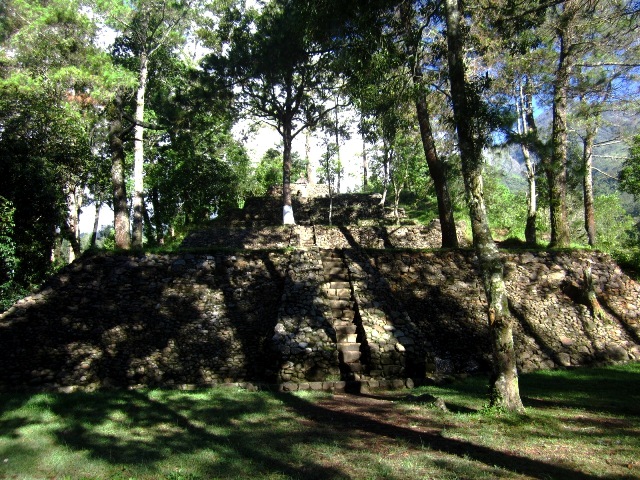
Candi Kethek
Terraced megalithic Hindu temple with seven terraces